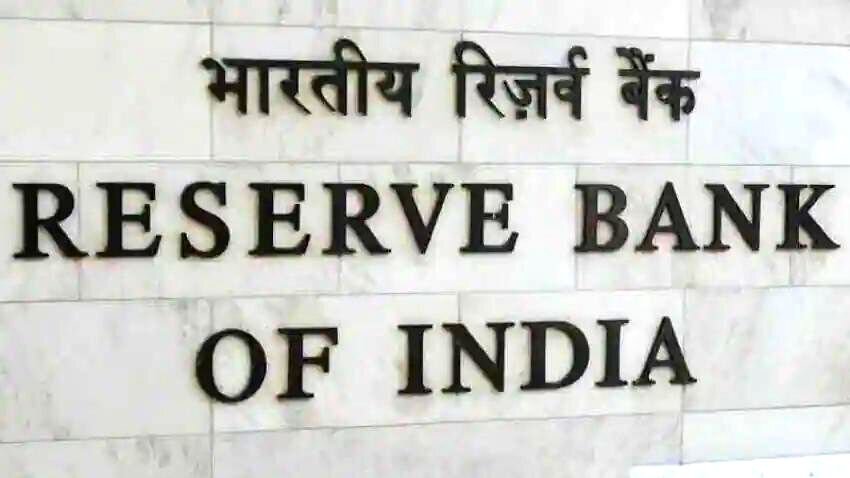
India's Central Bank Raise Rate By 50 Bps While Cautioning Of Widening Price Pressures
In line with anticipation of analysis, the Reserve Bank of India hiked its benchmark repo rate by 50 basis points on Friday, marking the fourth consecutive rise, as the central bank continues to try and tackle stubbornly high inflation. Analysts expect the central bank to continue its policy of monetary tightening.
The monetary policy committee (MPC), comprised of three RBI members and three external members, raised the key lending rate, or repo rate, to 5.90%, with five of the six members voting in favour of the increase.
The RBI has raised rates by 190 basis points since it first made an unscheduled mid-meeting rate hike in May. But high inflation rates persist in the economy – a phenomenon affecting much of the global economy.
“The inflation trajectory remains clouded with uncertainties arising from continuing geopolitical tensions and nervous global financial market sentiments,” RBI Governor Shaktikanta Das said in his address accompanying the MPC’s decision.
“In this backdrop, MPC was of the view that persistence of high inflation necessitates further calibrated withdrawal of monetary accommodation to restrain broadening of price pressures, anchor inflation expectations and contain the second round effects,” he said.
The MPC also believed that the current policy rate was still lower when adjusted for inflation than in 2019.
Also Read,
Leading Merchants Approach RBI To Ensure Thorough Testing Of Recurring Payments
Most economists anticipate further tightening, though they disagree on the magnitude of increases required in the current cycle.
“At this point, we still think that the RBI would not go too restrictive and terminal rate could hover near the estimated real rates, implying not more than 100 bps hikes ahead, including today’s decision,” said Madhavi Arora, lead economist at Emkay Global Financial Services.
The US Federal Reserve’s relentless and aggressive interest rate hikes to combat inflation have pummelled the rupee and most other emerging and developed market currencies in recent months.
“The fast-evolving world order and consistent repricing of Fed’s out-sized hikes are strong-arming the emerging markets,” Arora said.
Global policymakers are wrestling with a broad transition away from their respective currencies and toward the safe-haven dollar, raising concerns about capital outflows and further harm to their economies.
According to economists, the RBI must also ensure that the interest rate differential is not too small. more info
The standing deposit facility rate and marginal standing facility rate were raised by the same amount, to 5.65% and 6.15%, respectively.
The MPC cut its GDP growth forecast for the fiscal year 2023 to 7% from 7.2%, keeping retail inflation at 6.7%.
The annual retail inflation rate in India accelerated to 7% in August, driven by a surge in food prices, and has now remained above the RBI’s mandated 2-6% target band for eight months.
The benchmark 10-year bond yield fell slightly after the RBI’s decision, to 7.3636% at 0615 GMT, while the partially convertible rupee fell briefly before recovering to 81.57 per dollar, up from 81.86 on Thursday.
The NSE Nifty 50 index was up 0.90% at 16,969.85, while the S&P BSE Sensex was up 0.93% at 56,930.07.
Also Read,
RBI Advises Banks To Set Aside More Provisions For Early Defaults: As Per FY22 Inspection







